Home>Maintenance & Safety>Safety Equipment & Products>How To Childproof A Dresser
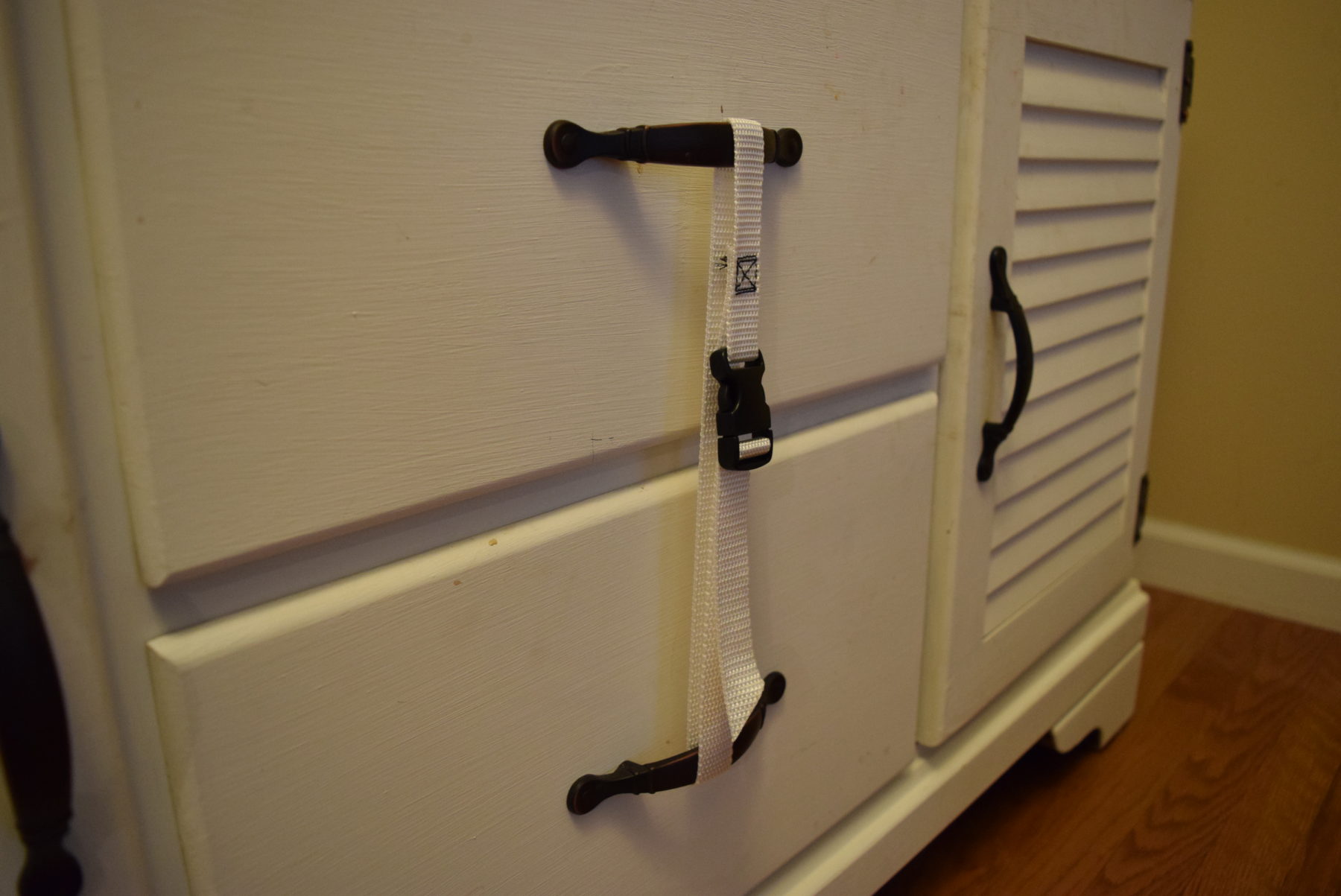

Safety Equipment & Products
How To Childproof A Dresser
Modified: February 18, 2024
Learn how to childproof your dresser with safety equipment and products. Keep your little ones safe and secure at home.
(Many of the links in this article redirect to a specific reviewed product. Your purchase of these products through affiliate links helps to generate commission for Storables.com, at no extra cost. Learn more)
Introduction
Welcome to the wonderful world of parenting, where every corner of your home becomes a potential hazard for your little explorers. As your child starts to navigate their surroundings, it’s crucial to create a safe environment, especially in areas where they spend a lot of time. One piece of furniture that requires special attention is the dresser. In this article, we’ll explore the essential steps to childproof a dresser, ensuring that it remains a functional and secure part of your home while keeping your little one out of harm’s way.
Childproofing a dresser involves a combination of risk assessment, strategic anchoring, securing drawers, and ongoing maintenance. By addressing each of these aspects, you can significantly reduce the likelihood of accidents and create a safe space for your child to thrive. Let’s dive into the details of how to childproof a dresser effectively and efficiently.
Key Takeaways:
- Childproofing a dresser involves anchoring it to the wall, securing drawers, and removing tempting objects to keep your little one safe and create a worry-free environment for the whole family.
- Regular maintenance and checks are essential to uphold the dresser’s safety measures, providing a stable and secure space for your child to interact with their surroundings confidently.
Read more: What Makes Childproof Containers Childproof?
Assessing the Risks
Before embarking on the childproofing journey, it’s essential to understand the potential risks associated with an unsecured dresser. Start by considering the dresser’s stability. Is it prone to tipping over if a child attempts to climb it or pull on the drawers? Assess the weight and distribution of items inside the drawers, as an imbalanced load can increase the risk of tipping. Additionally, take note of any sharp edges, protruding hardware, or unstable components that could pose a threat to your child’s safety.
Another critical aspect of risk assessment involves evaluating the dresser’s location within your home. Is it situated in a high-traffic area where your child frequently plays? Understanding the dresser’s proximity to other furniture, walls, and potential climbing aids can provide valuable insights into the level of risk it presents.
Furthermore, consider the contents of the dresser drawers. Are there any small objects, sharp tools, or heavy items that could cause harm if accessed by a curious child? By thoroughly examining the dresser and its surroundings, you can identify potential hazards and develop a targeted childproofing strategy to mitigate these risks effectively.
Anchoring the Dresser
One of the most critical steps in childproofing a dresser is ensuring its stability through proper anchoring. Begin by selecting high-quality furniture straps or anchors specifically designed to prevent tip-overs. These safety devices are typically adjustable and easy to install, providing reliable support to keep the dresser securely in place.
When anchoring the dresser, it’s essential to locate and secure it to wall studs for maximum effectiveness. Use a stud finder to identify the most suitable anchoring points, as attaching the straps or anchors to drywall alone may not provide sufficient support in the event of a tipping attempt. By securing the dresser to the wall studs, you create a robust barrier against tipping, significantly reducing the risk of accidents.
Ensure that the anchoring hardware is installed according to the manufacturer’s instructions, and regularly check the straps or anchors for any signs of wear or loosening. Periodic maintenance is crucial to uphold the dresser’s stability over time, especially as children grow and become more adventurous in their explorations.
By anchoring the dresser securely, you provide a solid foundation for the remaining childproofing measures, setting the stage for a safer and more secure environment for your child.
Securing Drawers
Once the dresser is anchored, the next step in childproofing involves securing the drawers to prevent them from being pulled out or used as steps by inquisitive little ones. Begin by exploring the various drawer-locking mechanisms available, such as internal locking systems, external latches, or sliding locks. Choose a solution that aligns with the design of your dresser and provides a reliable barrier against unauthorized access.
Internal locking systems, often integrated into the drawer slides, are an excellent option for maintaining the dresser’s aesthetic appeal while effectively securing the contents. These mechanisms typically require adult-level dexterity to disengage, making it challenging for young children to open the drawers without supervision.
External latches and sliding locks offer visible deterrents against drawer access, deterring children from attempting to pull them open. When installing these devices, ensure that they are positioned securely and do not pose any entrapment hazards. Additionally, regularly inspect the locking mechanisms to confirm that they remain functional and free from any obstructions that could compromise their effectiveness.
Another consideration when securing drawers is organizing their contents strategically. Store heavy or potentially hazardous items in lower drawers, distributing weight evenly to maintain the dresser’s stability. By prioritizing safety in the arrangement of drawer contents, you can further reduce the risk of tipping or accidental access by young children.
By implementing robust drawer-securing measures, you can enhance the dresser’s childproofing capabilities, providing an additional layer of protection against potential hazards and promoting a secure environment for your child to thrive.
Secure heavy furniture like dressers to the wall using furniture straps to prevent tipping. Keep small items out of reach and use drawer locks to prevent children from opening them and climbing.
Removing Tempting Objects
As part of the comprehensive childproofing process, it’s essential to assess and remove any tempting or potentially hazardous objects from the dresser and its surroundings. Begin by evaluating the items typically stored on top of the dresser. Fragile decorations, small trinkets, or sharp objects should be relocated to safer areas, out of reach of curious hands. By decluttering the dresser’s surface, you minimize the risk of accidental falls or injuries caused by these objects.
Furthermore, consider the contents of the dresser drawers. Identify and remove any small items that could pose a choking hazard, such as loose buttons, coins, or small toys. Securely store these items in childproof containers or relocate them to more suitable storage spaces, ensuring that they are inaccessible to young children.
In addition to addressing the dresser’s contents, evaluate the surrounding area for potential hazards. Ensure that any cords, blinds, or decorative elements within reach of the dresser are safely secured and out of your child’s grasp. By creating a hazard-free zone around the dresser, you minimize the likelihood of accidents and promote a safer environment for your child to explore.
Regularly reassess the dresser and its surroundings to identify and address any new potential hazards that may emerge. Children’s developmental stages and abilities evolve rapidly, making ongoing vigilance essential in maintaining a secure environment. By remaining proactive in removing tempting objects and mitigating potential hazards, you create a safer space for your child to play and thrive.
Read more: How To Childproof A Cooktop
Regular Maintenance and Checks
Childproofing measures are most effective when accompanied by regular maintenance and checks to ensure ongoing safety and security. Schedule routine inspections of the dresser’s anchoring hardware, verifying that the straps or anchors remain securely fastened to the wall studs. Over time, environmental factors and changes within the home can impact the dresser’s stability, making regular assessments essential for maintaining its childproofing integrity.
Inspect the drawer-locking mechanisms and latches, confirming that they continue to function reliably and are free from any obstructions. Test the accessibility of the drawers, ensuring that the securing devices effectively prevent unauthorized access while allowing smooth operation for adults. Address any issues promptly to uphold the dresser’s childproofing capabilities and minimize potential risks.
Furthermore, periodically review the contents of the dresser, reassessing the arrangement of items to maintain a balanced load and minimize the potential for tipping. As your child grows, their curiosity and motor skills evolve, necessitating adjustments in the dresser’s organization to align with their changing abilities and safety requirements.
As part of regular maintenance, take the opportunity to educate your child about the dresser and its purpose. Teach them about the importance of respecting the dresser as a piece of furniture that requires gentle handling and should not be used for climbing or play. By fostering a sense of awareness and responsibility, you empower your child to contribute to the dresser’s safe and secure environment.
By integrating regular maintenance and checks into your childproofing routine, you uphold the effectiveness of the dresser’s safety measures, providing a stable and secure space for your child to interact with their surroundings confidently.
Conclusion
Childproofing a dresser is a vital component of creating a safe and secure environment for your little one. By carefully assessing the risks, anchoring the dresser, securing drawers, removing tempting objects, and implementing regular maintenance, you can significantly reduce the potential hazards associated with this piece of furniture. These measures not only enhance your child’s safety but also contribute to a peaceful and worry-free atmosphere for the entire family.
As your child grows and explores their surroundings, it’s essential to remain vigilant and adaptable in your childproofing efforts. Stay attuned to your child’s developmental milestones, as their evolving abilities may necessitate adjustments in the dresser’s childproofing measures. Regularly reassess the dresser and its surroundings, ensuring that it remains a secure and welcoming space for your child to interact with.
Childproofing is a dynamic process that requires ongoing attention and care. By staying informed about the latest safety recommendations and products, you can continuously enhance the dresser’s childproofing capabilities and adapt to your child’s changing needs. Additionally, fostering open communication with your child about the purpose of childproofing measures empowers them to understand and respect the boundaries established for their safety.
Ultimately, the goal of childproofing a dresser extends beyond physical safety. It encompasses the creation of a nurturing and supportive environment where your child can thrive, explore, and learn with confidence. By prioritizing their safety and well-being, you lay the foundation for a harmonious and secure home that encourages your child’s natural curiosity while safeguarding them from potential hazards.
Embrace the journey of childproofing as an opportunity to create a space where your child can grow, play, and flourish, knowing that they are protected and cherished every step of the way.
Frequently Asked Questions about How To Childproof A Dresser
Was this page helpful?
At Storables.com, we guarantee accurate and reliable information. Our content, validated by Expert Board Contributors, is crafted following stringent Editorial Policies. We're committed to providing you with well-researched, expert-backed insights for all your informational needs.
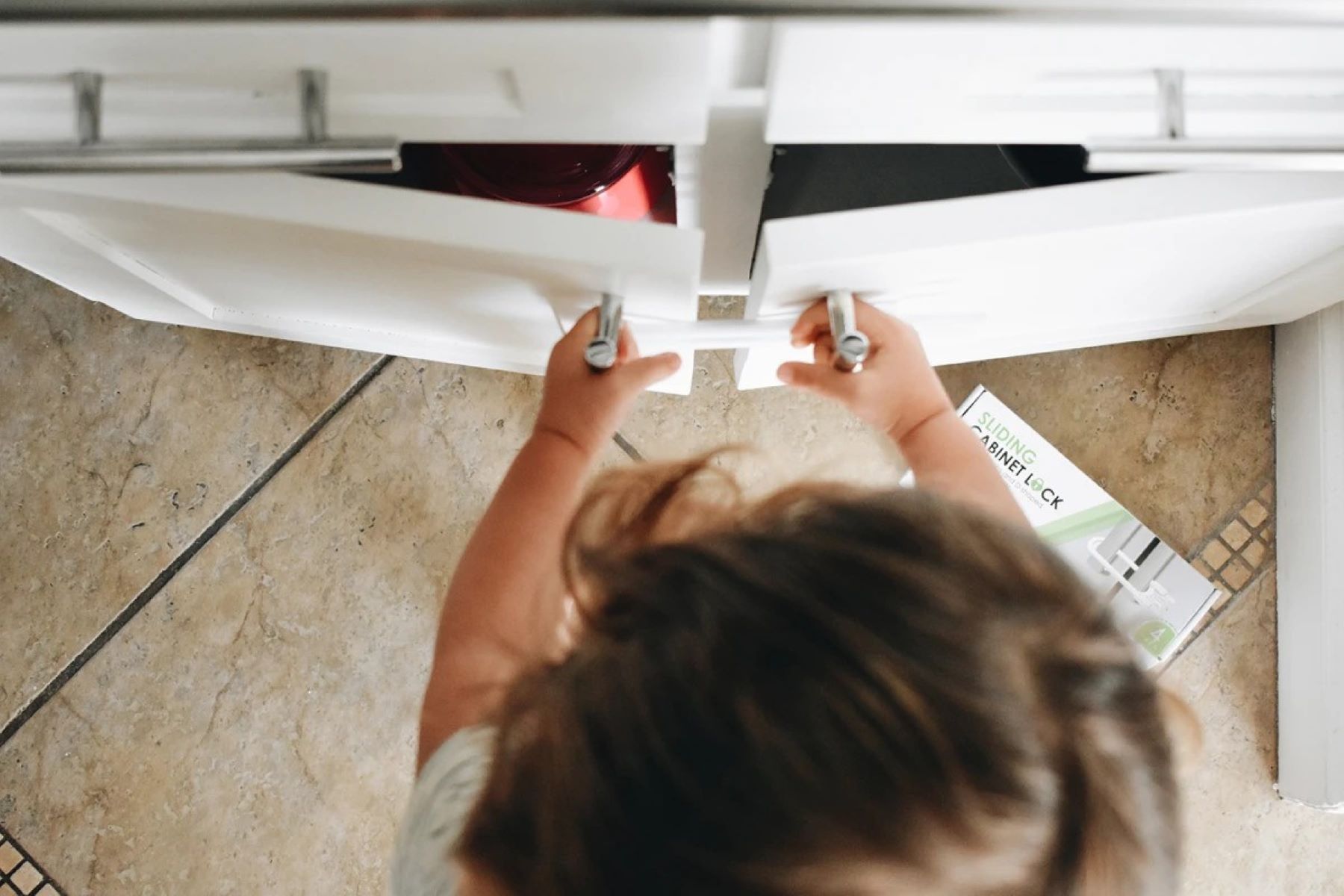

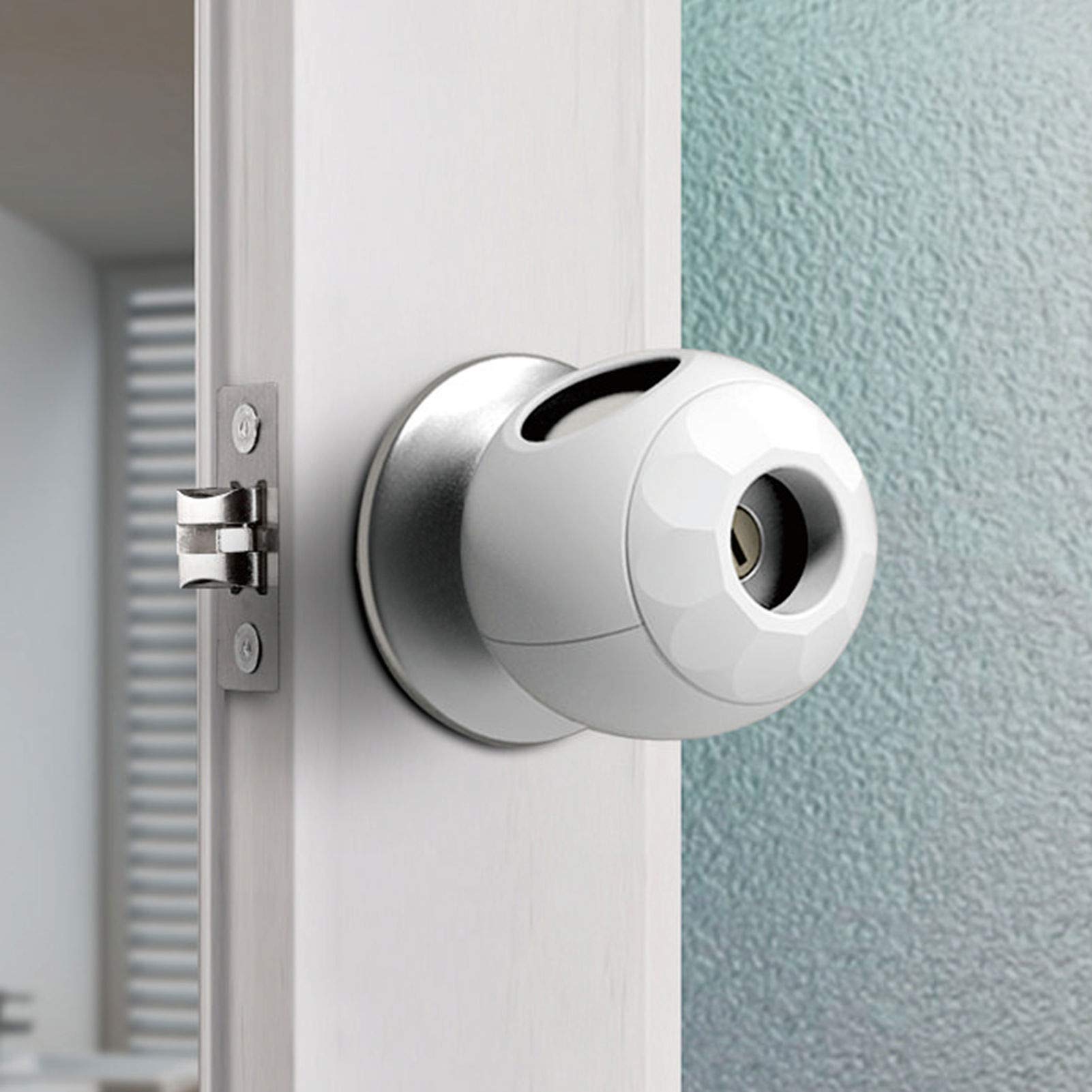
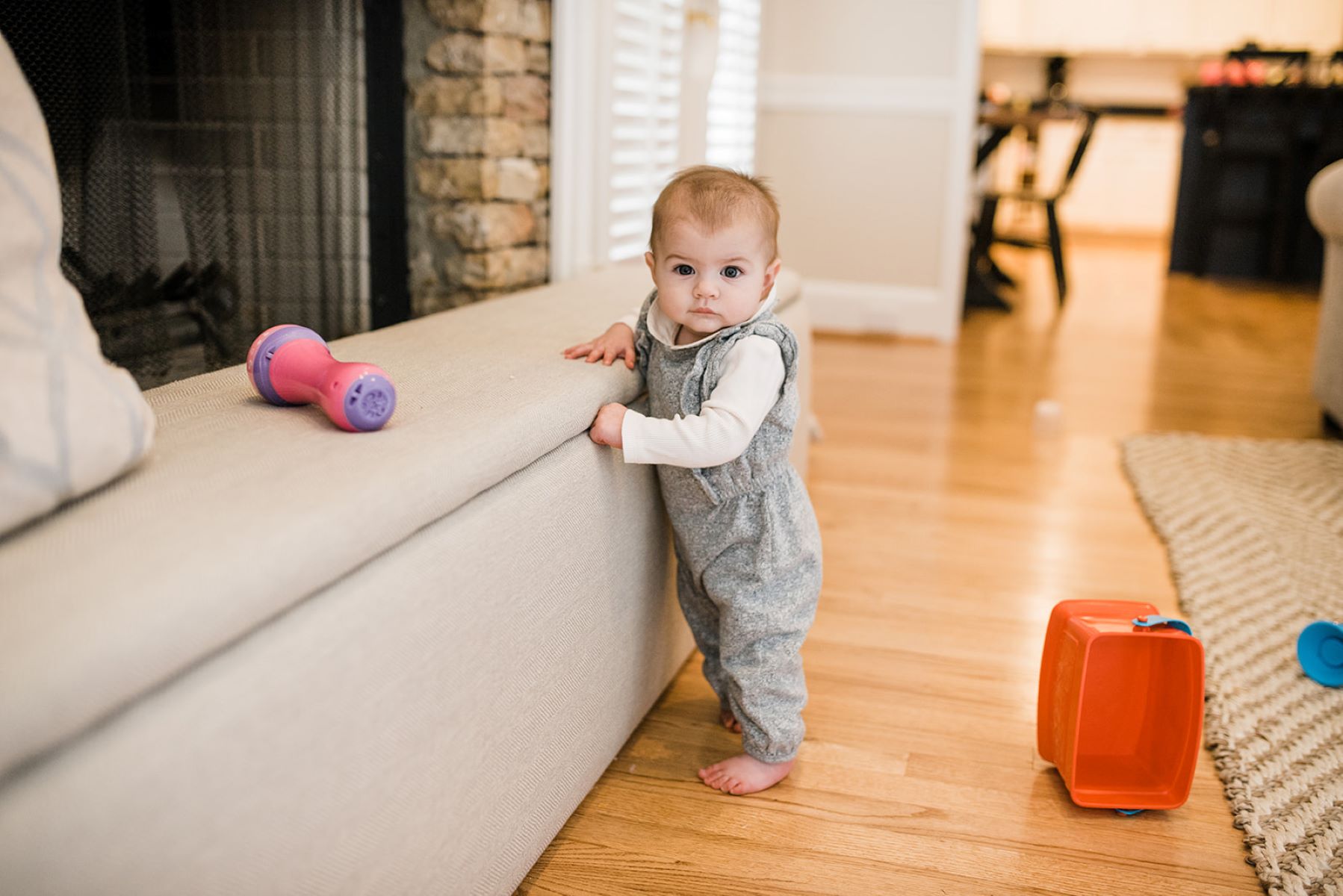

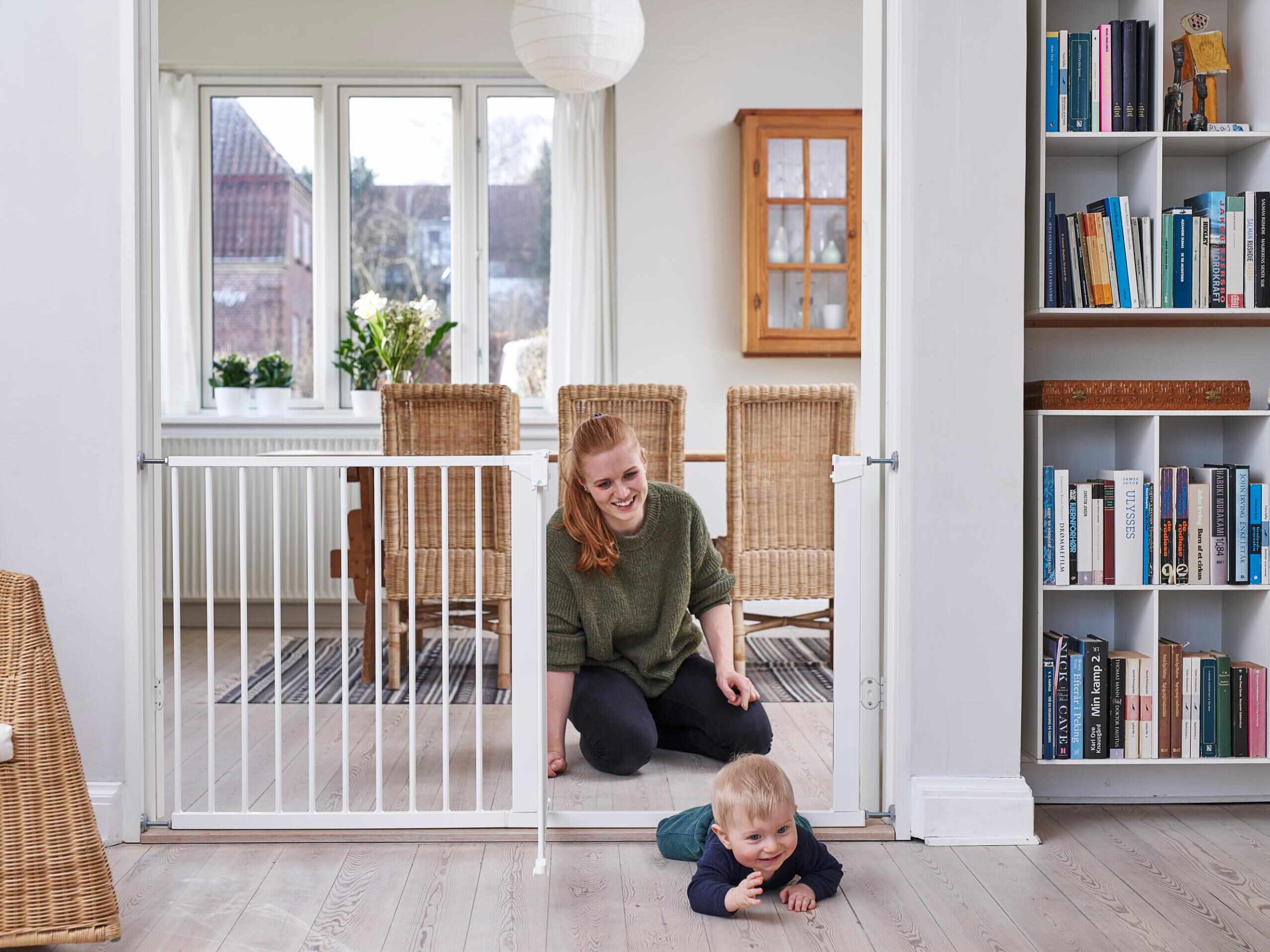

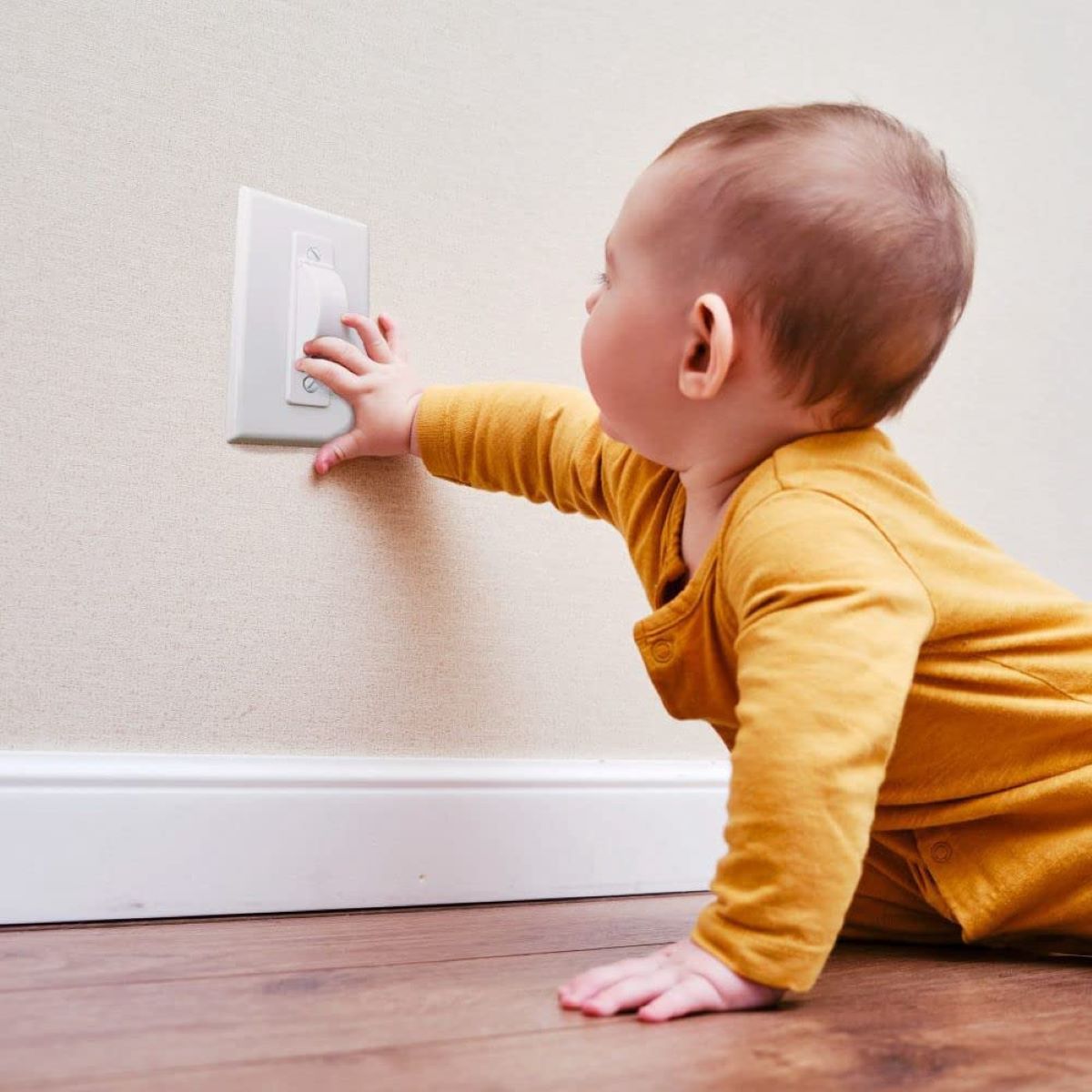



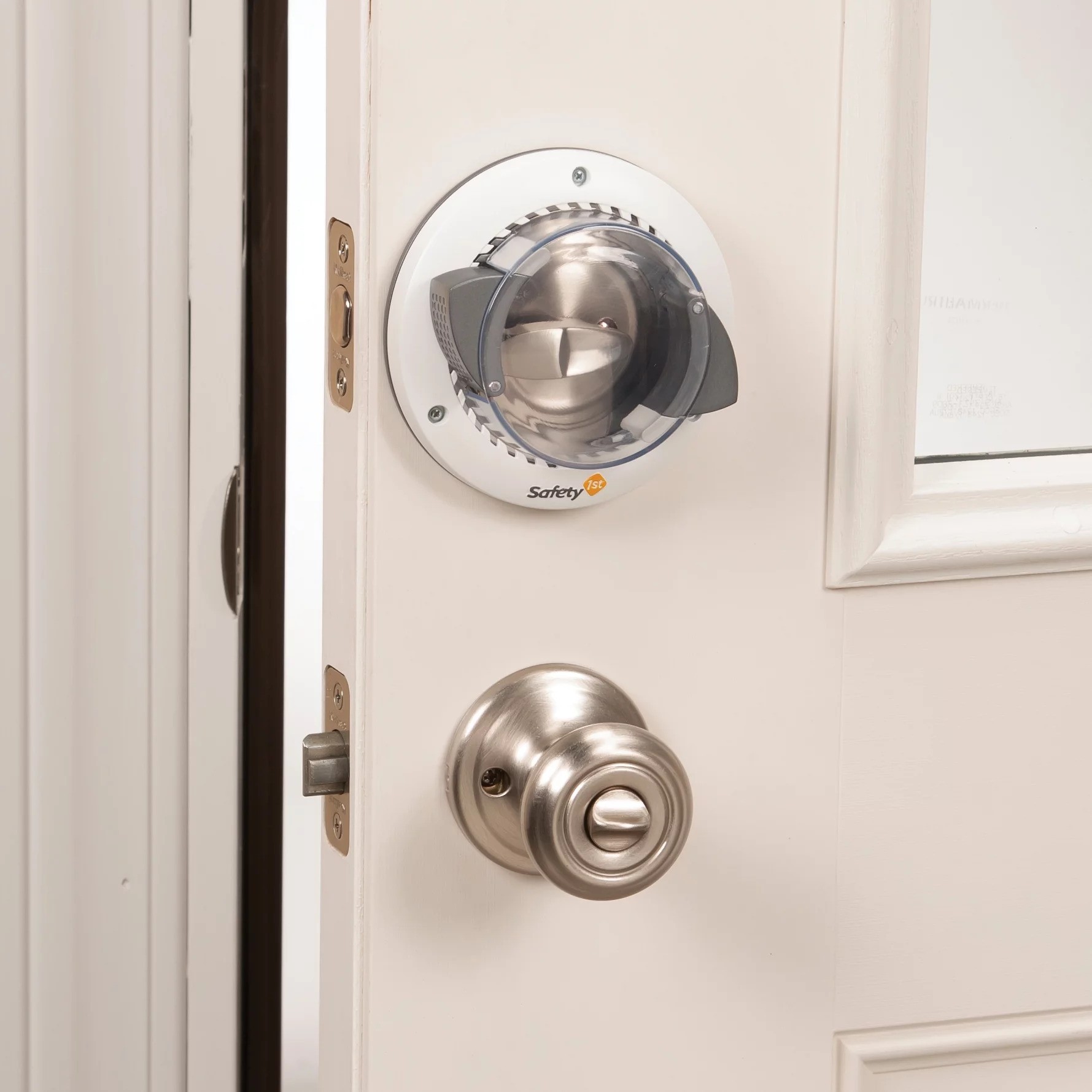

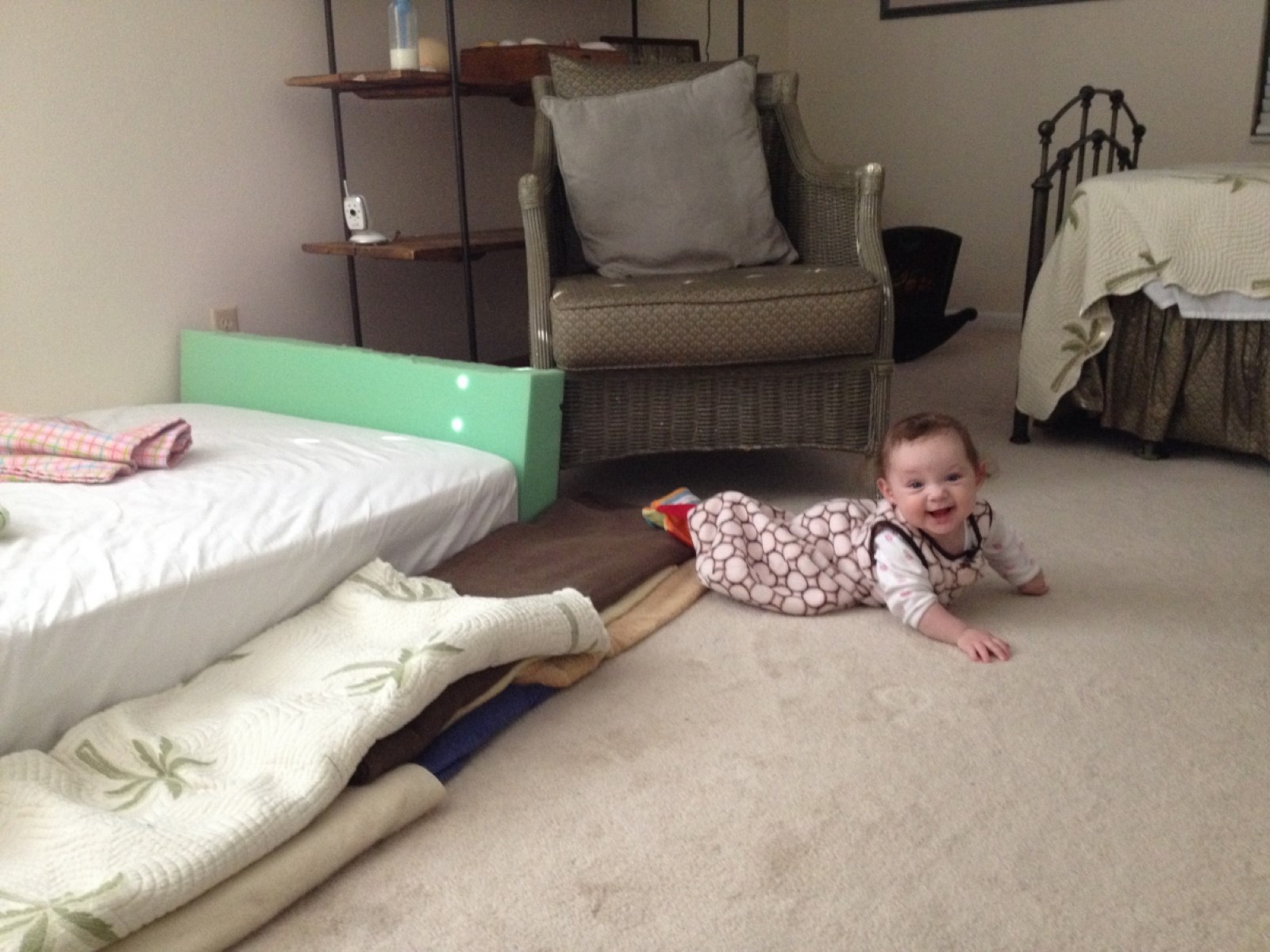

0 thoughts on “How To Childproof A Dresser”